#melitaea
Video
Glanville fritillary - Melitaea cinxia by Pieter-Jan Alles
Via Flickr:
Ardèche, France
#Ardèche#France#Veldparelmoervlinder#Glanville#fritillary#Melitaea#cinxia#Glanville fritillary#Melitaea cinxia#flickr
1 note
·
View note
Text
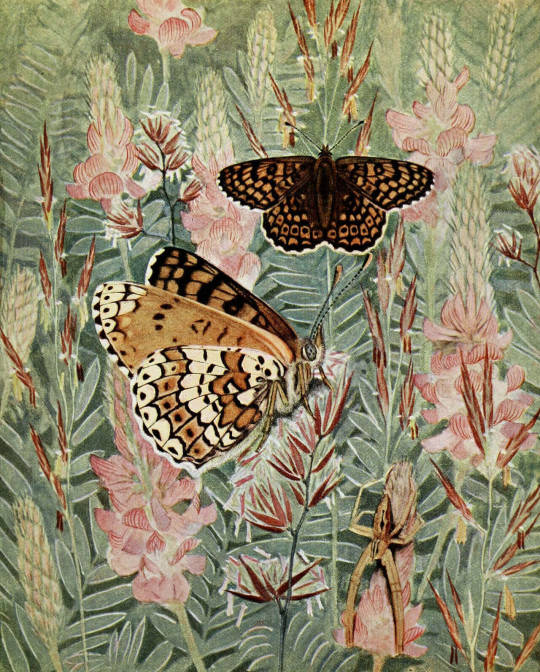
Melitaea cinxia | Les Papillons dans la Nature (1934) | Paul-André Robert (1901-1977)
2K notes
·
View notes
Text

Melitaea phoebe / La Mélitée des Centaurées.
Chianti, Toscane, Italie.
12 août 2024.
41 notes
·
View notes
Text

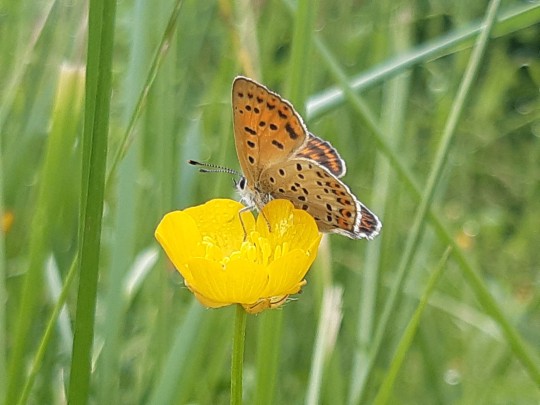


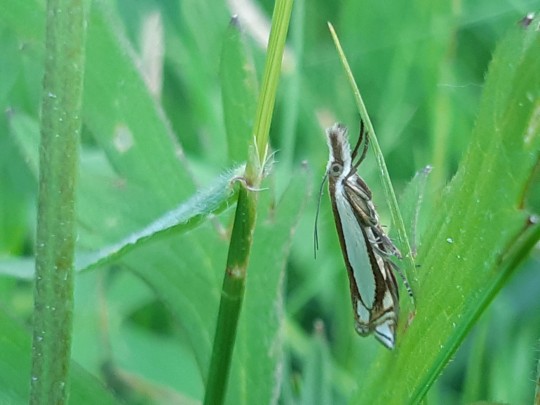



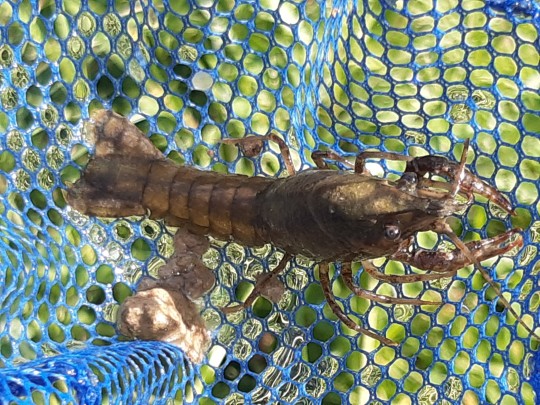
lot et garonne 05.24
we saved a spiny toad stuck in a half-drained swimming pool!
#wildlife of france#diary#left-to-right top-to-bottom:#probably Polyommatus icarus#Lycaena tityrus#Melitaea cinxia#Clonopsis gallica#Crambus pascuella#Cercopis intermedia#bufo spinosus#rana or pelophylax idk how to ID frogs#crayfish of some sort#clavain takes photos#clavain art
1 note
·
View note
Text

Heath Fritillary, Melitaea athalia Canon 5D3 Sigma 105 2.8 f/4 1/320 iso: 200 Celakovice-Jirina, Czech Republic 6/26/2024
#Nymphalidae#Fritilaries#Butterflies#SaveButterflies#lepidoptera#insects#invertebrates#macro#grasslands#insectphotography#macrophotography#insect#canon
8 notes
·
View notes
Text
Lucina / ルキナ
Lucina (JP: ルキナ; rōmaji: rukina) is the daughter of Chrom, who traveled to the past to change the future in Fire Emblem Awakening. She takes her name from the Roman goddess Lucina, an aspect of the goddess Juno (or sometimes Diana), encompassing her role as a goddess of fertility, childbirth, and protection of women in labor. Juno is also a goddess of marriage: these listed attributes are all appropriate for the face of Awakening's marriage and child mechanics. Juno is also distinct from her Greek counterpart Hera in her association with war - reflective of Lucina's skills in combat.
The use of the name Lucina also possesses a subtle nod to her inspirations from Genealogy of the Holy War's Seliph, who has been covered on this blog before. Both take their names from a Roman fertility goddess associated with marriage - Juno and Ceres, respectively.
Lastly, Lucina's name may also relate to the Hamearis lucina or the Melitaea genus, formerly called Lucina. The sharing of the name Lucina with these butterflies, in tandem with the concept of the Butterfly Effect, may be the basis of the prevalent butterfly motif associated with the character.
10 notes
·
View notes
Text
Les génomes des papillons n'ont pratiquement pas changé depuis 250 millions d'années, révèle une étude
See on Scoop.it - EntomoNews
Analysis gives clues as to why butterflies and moths have been resilient through dramatic changes on Earth – and could help with future conservation
Butterfly genomes have barely changed for 250m years, study reveals
Patrick GreenfieldWed 21 Feb 2024 11.00 CET
-------
NDÉ
Traduction
Selon une nouvelle étude publiée dans la revue Nature Ecology & Evolution, les génomes des papillons de jour et des papillons de nuit sont restés largement inchangés pendant plus de 250 millions d'années, malgré l'énorme diversité des espèces.
L'analyse donne des indices sur la raison pour laquelle les papillons et les papillons de nuit ont résisté aux changements dramatiques survenus sur Terre - et pourrait aider à la conservation future.
L'étude
Comparative genomics reveals the dynamics of chromosome evolution in Lepidoptera | Nature Ecology & Evolution, 21.02.2024 https://www.nature.com/articles/s41559-024-02329-4
Traduction du résumé
Les chromosomes sont une unité centrale de l'organisation du génome. Un dixième de toutes les espèces décrites sur Terre sont des papillons de jour et des papillons de nuit, les lépidoptères, qui possèdent généralement 31 chromosomes. Cependant, certaines espèces présentent des variations spectaculaires du nombre de chromosomes.
Nous analysons ici 210 génomes complets de lépidoptères et montrons que les chromosomes des lépidoptères existants sont dérivés de 32 groupes de liaison ancestraux, que nous appelons éléments de Merian. Les éléments de Merian sont restés largement intacts au cours des 250 millions d'années d'évolution et de diversification. Dans ce contexte stable, huit lignées ont subi une réorganisation importante, soit par de nombreuses fissions, soit par une combinaison d'événements de fusion et de fission. En dehors de ces lignées, les fusions sont rares et les fissions le sont encore plus. Les fusions impliquent souvent de petits éléments mériens riches en répétitions et l'élément lié au sexe.
Nos résultats révèlent les contraintes qui pèsent sur l'architecture du génome chez les lépidoptères et permettent de mieux comprendre les réarrangements chromosomiques dans l'évolution des génomes eucaryotes.
[Image] Defining 32 Merian elements
a, Inferred ancestral karyotype of Lepidoptera and the fusion between M17 and M20 found in all Ditrysia. The phylogeny contains representatives of Trichoptera, Limnephilus marmoratus and Glyphotaelius pellucidus, in addition to the early-diverging lineage within Lepidoptera, Micropterix aruncella and the early-diverging lineage within Ditrysia, Tinea trinotella and a representative of Ditrysia, Diarsia rubi. To the right of each species in the phylogeny, an Oxford plot of the chromosomes containing orthologues belonging to M17 and M20 in the species is shown relative to Melitaea cinxia, which has the chromosome complements of a typical ditrysian species. b, Merian elements painted across the chromosomes of Micropterix aruncella, Tinea trinotella, Diarsia rubi, Melitaea cinxia and Pieris napi. Each chromosome is represented by a rectangle within which the position of each orthologue is painted grey if it belongs to the most common Merian element for that chromosome or else coloured by the alternative Merian element. Chromosomes that have undergone fusions and/or fission events are outlined in red. Source data for this figure can be found in Supplementary Tables 4 and 10, the Zenodo repository122 and in the Source Data. Silhouette of Limnephilus lunatus by Christoph Schomburg, PhyloPic. Credits for the photographs from which the remaining silhouettes were derived: Diarsia rubi and Glyphotaelius pellucidus, Donald Hobern/Flickr; Tinea trinotella, Ilia Ustyantsev/Flickr; Micropterix aruncella, Christoph Schomburg/Flickr; all adapted under a Creative Commons license CC BY-SA 2.0 DEED.
0 notes
Text

file: NW11-12 Melitaea aurelia (3429831406).jpg
0 notes
Video
Mélitée du plantain (Melitaea cinxia) by André Moutschen
#Melitaeacinxia#Mélitée#plantain#nikonD700#nikon105macro#nikonnature#insectes#insekten#insects#papillon#butterflies#schmetterlinge#flickr
0 notes
Text

Melitaea didyma | Les Papillons dans la Nature (1934) | Paul-André Robert (1901-1977)
2 notes
·
View notes
Text

Là, tout n’est qu’ordre et beauté,
Luxe, calme et volupté.
There, everything is order and beauty,
Luxury, calm and voluptuousness.
Melitaea didyma / Mélitées Orangées sur Cheveux d'Anges.
Causse Méjean, Lozère, France.
29 juin 2024.
13 notes
·
View notes
Photo
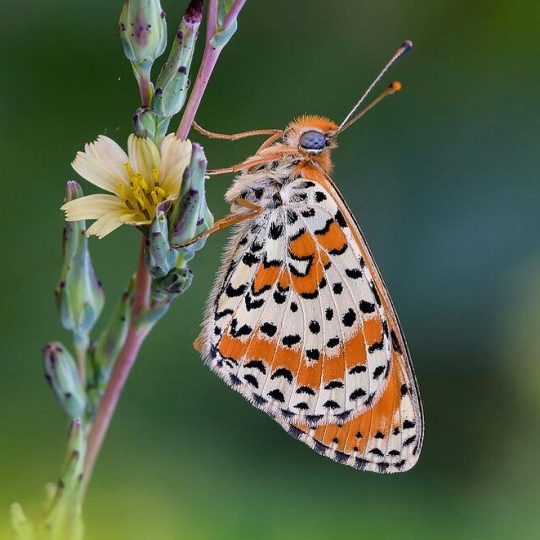
Melitaea didyma #nikonworld_ #macroworld_tr #ig_butterflies #thebest_capture #wildlifeplanet #macromood #exclusive_animals #magic_shots #wildlifeaddicts #nikonphoto_ #allnatureshots #nature_of_our_world #1x #ahd_photo #igclubbutterfly #top_macro #hot_macros #natgeowild_hd #small_world_uc #macro_freaks #macro_perfection #ig_masterpiece #best_macro #wms_macro #animalsmood #nikonitalia #tgif_macro #macroclique #exclusive_animals #visual_spotlight #wildlifeplanet #loves_macro https://www.instagram.com/p/BNw8e0LDT84/?igshid=NGJjMDIxMWI=
#nikonworld_#macroworld_tr#ig_butterflies#thebest_capture#wildlifeplanet#macromood#exclusive_animals#magic_shots#wildlifeaddicts#nikonphoto_#allnatureshots#nature_of_our_world#1x#ahd_photo#igclubbutterfly#top_macro#hot_macros#natgeowild_hd#small_world_uc#macro_freaks#macro_perfection#ig_masterpiece#best_macro#wms_macro#animalsmood#nikonitalia#tgif_macro#macroclique#visual_spotlight#loves_macro
0 notes
Text

Nickerl's Fritillary, Melitaea aurelia Canon 400D EF 100 2.8 f/4.5 1/320 iso: 400 Srbsko, Czech Republic 6/11/2011
#Butterflies#Nymphalidae#Lepidoptera#insesects#invertebrates#Fritillaries#Grasslands#macro#insects#insectphotography#macrophotography#insect#canon#savebutterflies
12 notes
·
View notes
Photo





Okkergul pletvinge (Melitaea cinxia)
Glanville fritillary (Melitaea cinxia)
#Okkergul pletvinge#Glanville fritillary#Melitaea cinxia#Melitaea#Pletvinge#Almindelig pletvinge#Spættevinge#net-spættevinge#fritillary#Buterfly#Lepidoptera#Sommerfugl#Orange#Orange og sort#Orange and black#Open country#Åbent land#Sommer#Summer
13 notes
·
View notes

